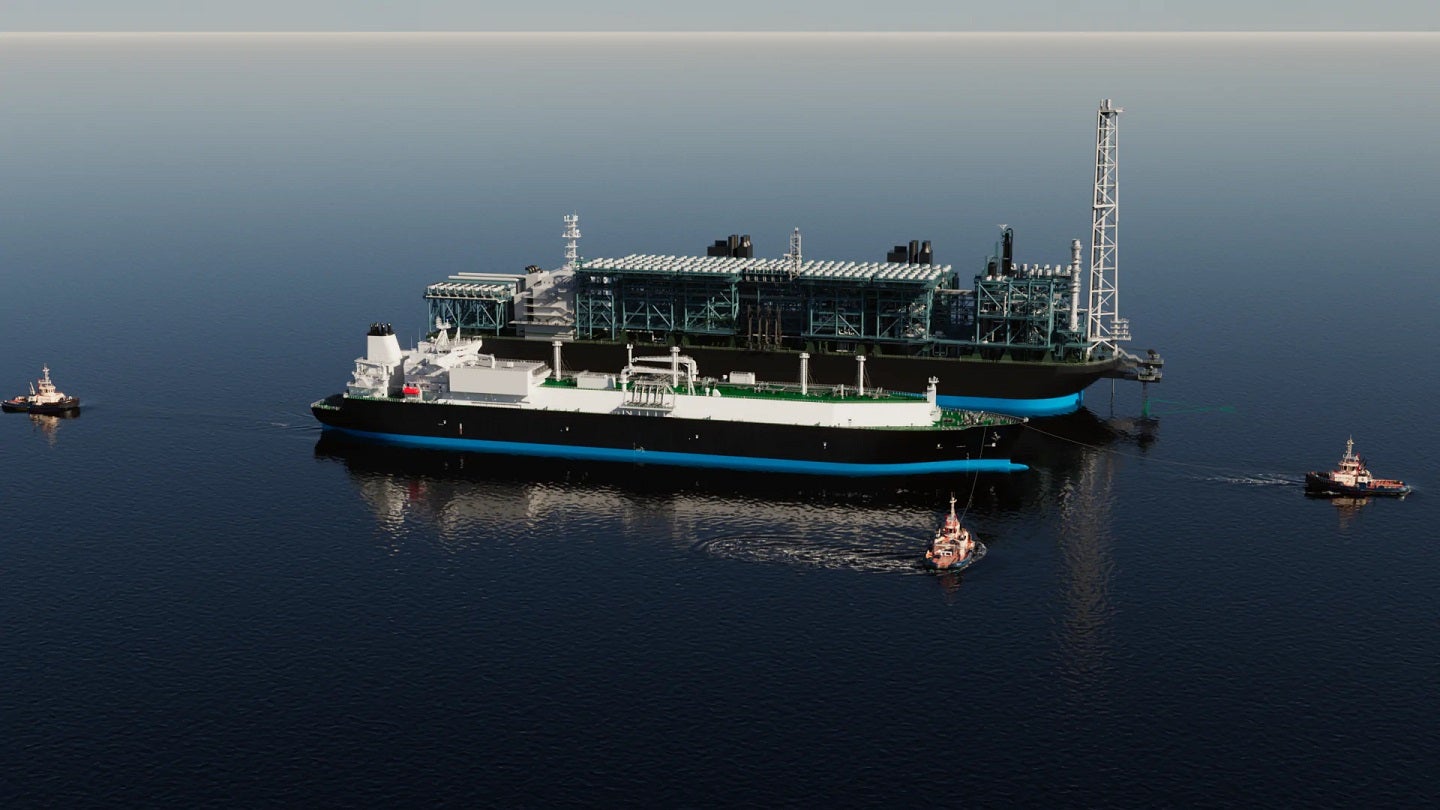
US-based Delfin LNG had signed an agreement to sell liquefied natural gas (LNG) to Hartree Partners Power & Gas Company (UK), a unit of energy and commodities company Hartree Partners.
Under the binding 20-year sale and purchase agreement (SPA), Delfin will supply 0.6 million tonnes per annum (mtpa) of LNG to Hartree on a free on-board basis from the Delfin Deepwater Port LNG Export Facility to be built off the coast of Louisiana.
Hartree Partners founding managing director Stephen Hendel said: “We are excited about partnering with Delfin LNG and to strengthen their progress toward reaching final investment decision [FID] and look forward to a successful and collaborative long-term relationship.
“This deal will also support our wider strategy of delivering low-cost, tailor-made and reliable LNG supply chain solutions that meet the specific requirements of our customers.”
With the SPA, Delfin has secured commitments for about 3.1mtpa of LNG sales.
Delfin said that the agreement marks a step closer to making a FID on the first floating LNG (FLNG) vessel for its Delfin Deepwater Port LNG export facility.
How well do you really know your competitors?
Access the most comprehensive Company Profiles on the market, powered by GlobalData. Save hours of research. Gain competitive edge.

Thank you!
Your download email will arrive shortly
Not ready to buy yet? Download a free sample
We are confident about the unique quality of our Company Profiles. However, we want you to make the most beneficial decision for your business, so we offer a free sample that you can download by submitting the below form
By GlobalDataDelfin CEO Dudley Poston said: “The Delfin project’s ability to make FID one vessel at a time is attracting significant interest from buyers, and Delfin is already in advanced discussions for marketing LNG for its second FLNG vessel.”
Furthermore, Citi has been selected by Delfin as exclusive financial structuring advisor.
The Delfin LNG Deepwater project comprises four FLNG Vessels, each with capacity to produce 3.5 million tonnes of LNG, and each connected to existing offshore pipelines to enable gas transport from the US pipeline grid to the FLNG vessels.



